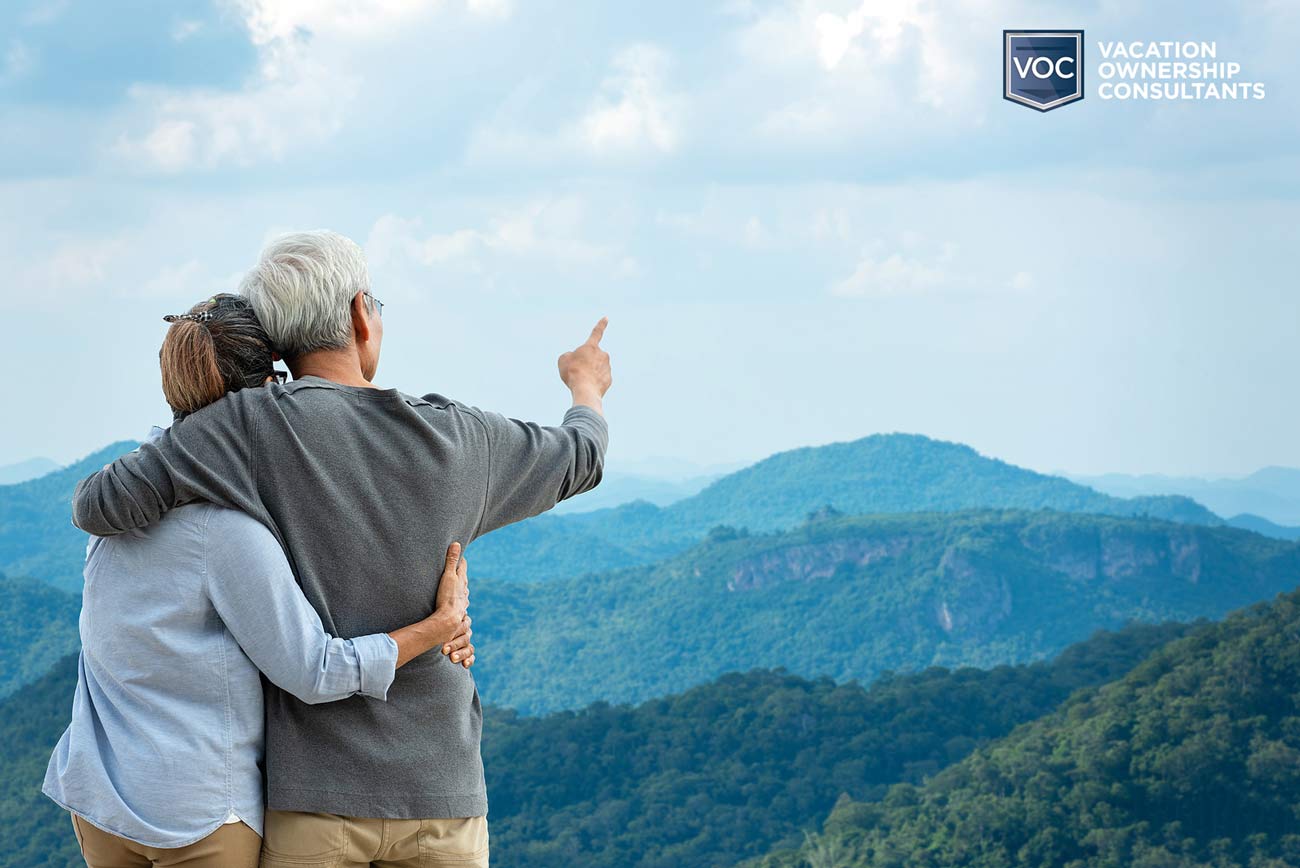Over the past few weeks, we’ve been covering some of the areas of our great country that have been taken over by timeshare operations. While many gleen in the idea of an economic boost, tourist destinations also present the community with a number of drawbacks. One of the things we’ve glossed over to this point the simple fact timeshare sales teams aren’t the most morally-driven citizens. In fact, many former timeshare employees recount a sense of having to “sell their soul” in order to find success in the industry.
Moreover, many are forced to lean heavily on misconduct to support the lavish lifestyles their commissions have granted them. Living in tourist destinations is not cheap. Sadly, the crafty, enabling culture and financial reward of selling timeshares changes many. Once some employees taste the greed-laced kool aid, profiting at the consumer’s expense becomes natural to them. While the goal of this article isn’t to prove crooked career paths trickle into societal issues, it is worth noting when analyzing the impact of timeshares in our local cities.
Have Timeshares Truly Boosted Local Economies?
A few years ago, David Segal (CEO and Founder of Westgate) boasted in a publication about the timeshare industry’s impact on the economy– specifically in Orlando. As one of the largest employers in Florida, he believes his business endeavors have been fruitful. According to FTN News, the timeshare industry stands at a $10.2 billion dollar industry with consecutive growth year over year for the last nine years. Understanding what and who has been impacted is key here as money can’t always be the only motive.
ARE TENURED RESIDENTS REALLY ON BOARD?
What about the residents that have been lured into timeshare contracts or morally altered by their sales job? How many buyers have gone through financial hardship from a timeshare purchase? What about the luring, carny-like salespeople that flood the streets of cities that were once known for true hospitality? One sales representative could affect 20 families every month. To put that in perspective, 1K sales reps could easily impact 20K people – 240,000 families annually.

Much of today’s narrative is controlled by hearsay and money. As time passes, it’ll be easier to measure the true economic growth of tourist destinations. In the meantime, we can always assess some of the concrete facts surrounding some of the most beautiful places Americans travel to most. By looking at the history of these locations, we can easily understand how they evolved into tourist destinations that timeshare operations have taken over.
Two More Cities Eventually Taken Over By Tourism.
Many of America’s popular cities are lined with OPC (Off Premise Concierge) kiosks and incentivized contractors spewing information about special offers and “free” packages in exchange for tourist’s time. You have likely unknowingly passed one of these kiosks while on vacation, disguised as an “information” booth to attract tourists. Places like Las Vegas, Park City and Orlando immediately come to mind. But not all tourist destinations are jam-packed with corporate sales pitches as the cultural community often carries the slack.
In other words, the livelihoods of locals in some tourist destinations count on the travel industry. Not every destination city was once a vast frontier, taken over by developers. Sometimes, hotels and resorts are the foundation of the economy and its ability to sustain. Islands often take on this purpose – unless owned and used for a specific purpose. Let’s take a look at a few examples.
5. Cancun, Mexico.
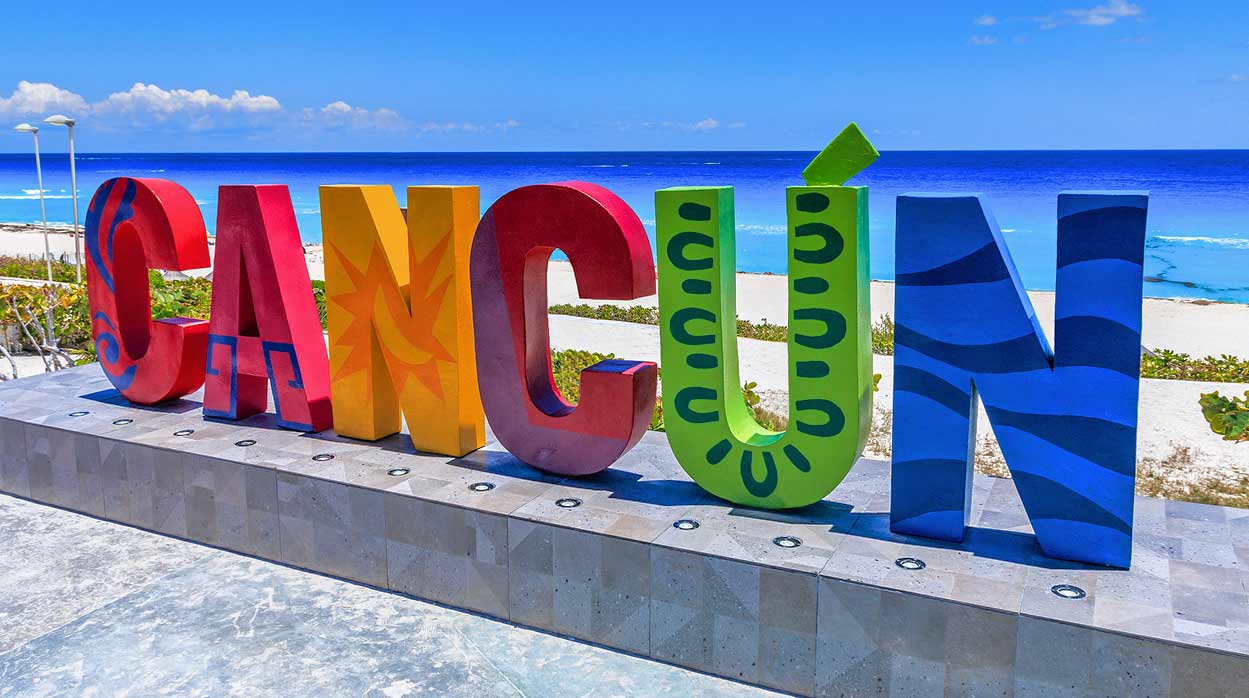
Up until the 1960’s, Cancun is said to have been a deserted island for most of its existence. This is hard to imagine as it’s now one of the most popular beach destinations for tourists across the world. Although history is rather desolate, there are traces of the Mayan culture sprinkled throughout the island. But unlike other inhabited areas of land, there was no siege – at least not one recorded.
If so, the Maya Civilization would have definitely put up a fight. According to historical documentation, the promontory city was somewhat of a fortress that overlooked the ocean while providing the community with high ground. Like many civilizations, disease and conflict is said to have wiped them out. But there is no scarcity of artifacts throughout the area as Cancun connects to a number of Mayan sites in the Yucatan Peninsula.
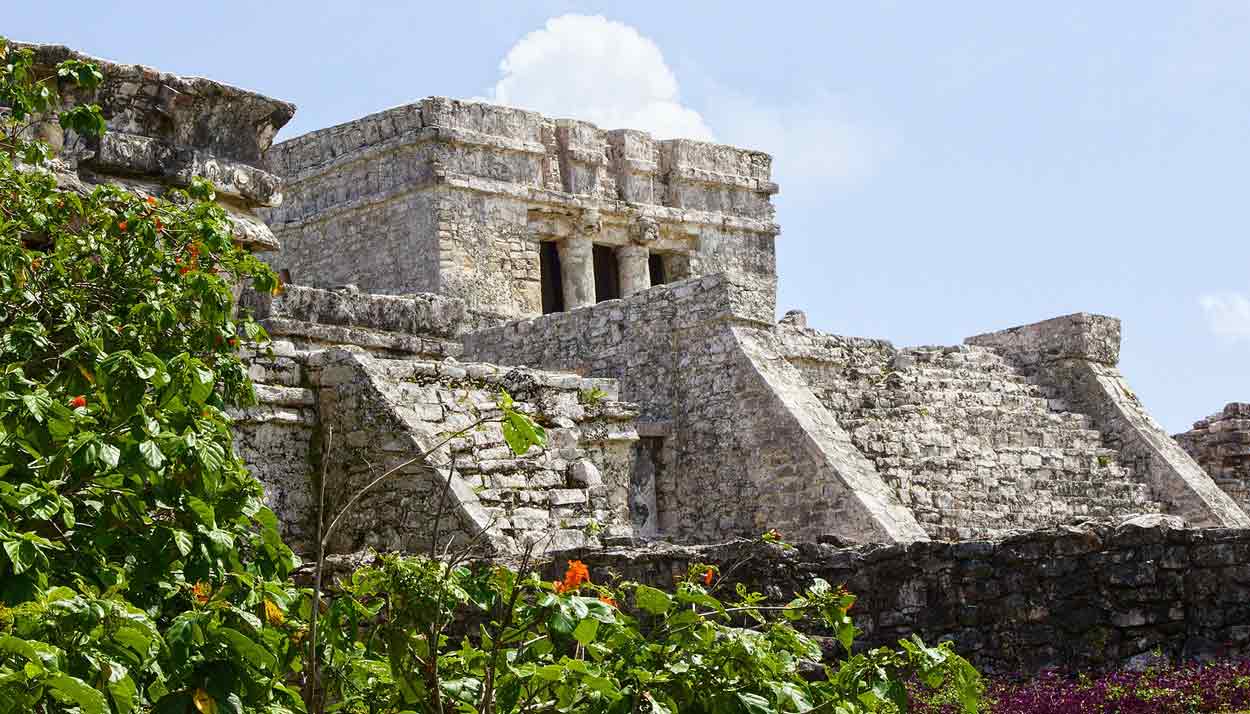
A majority of these landmarks have been restored and maintained, limiting the expansion of tourist attractions. But this didn’t discourage developers from building resorts around the island’s remnants. In fact, the natural draw of Cancun is one of the main reasons it became one of the most popular tourist destinations in the world overnight. Once major developments were in place, travelers began exploring.
LODGING IN CANCUN, MEXICO HASN’T BEEN AROUND LONG.
The History of Cancun tells us most of its growth occurred in a short window of 10-15 years. Development was approved in 1969 and construction began the following year. Once roadways connected a small airfield and the nearest port city, Puerto Juarez (now the Marina Town Center), public interest started to grow. But because the site was across borders and little information was known, wealthy Americans hesitated to invest. In turn, the Mexican government funded the development of the island’s first hotels.
In 1974, the “Temptation Resort” (first hotel in Cancun) was completed and opened to the public. Later that year, the resort cut the ribbon on a brand new international airport. Along with establishing the FONATUR (National Foundation for the Promotion of Tourism), this proved to be one of the most iconic events in the history of Cancun, Mexico. By the 80’s, the word had spread of Cancun being one of the most beautiful tourist destinations in the Gulf.
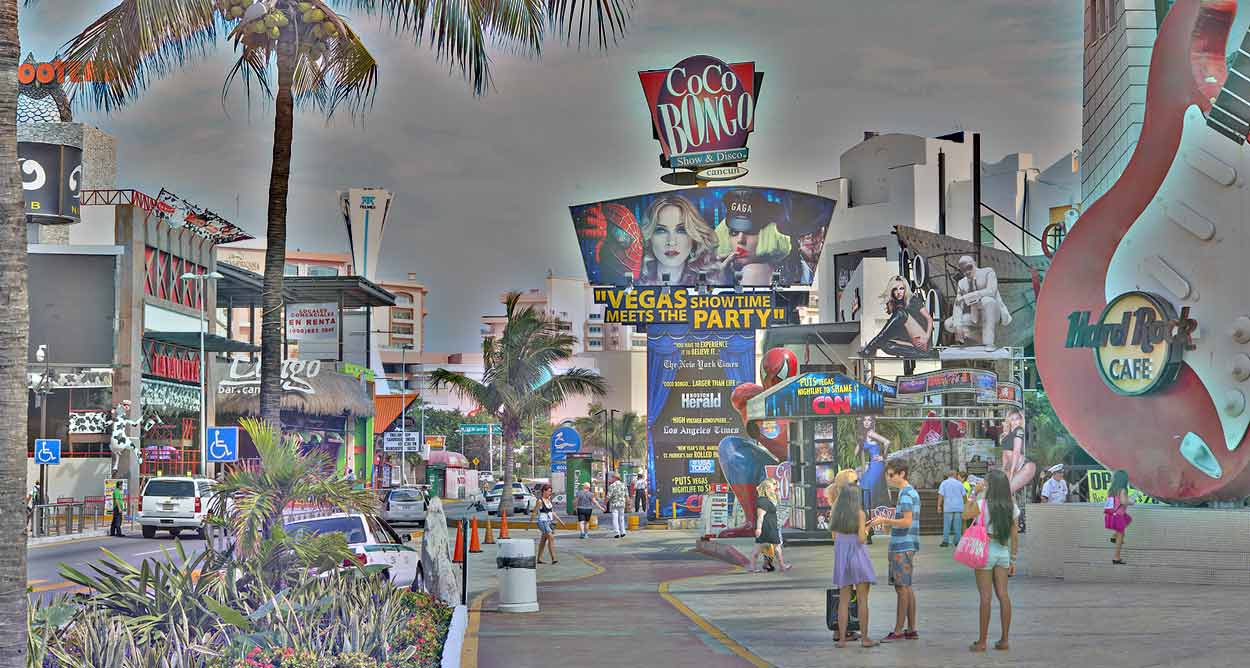
As investors found their way south of the border, further exploration and growth started to occur. Although the island endured a terrible hurricane (Gilbert in 1988) and the impact of the 9/11 attacks impacted tourism, they’ve been able to thrive. Not necessarily because of timeshare sales but because of the unique draw of the islands. But make no mistake about it, timeshare resorts have definitely taken over Cancun and benefited from the 500K people that now reside there. As the image above depicts, much has changed in the span of 50 years.
6. The U.S. Hawaiian Islands.
For more than 1500 years, the Polynesians have called Hawaii home. Before the luxurious resorts and private estates, it’s said they discovered the volcanic island, full of rare magnificence, by using the stars to navigate the Pacific Ocean. Although the inhabited landscape eventually invaded the traditions and lifestyles of the Polynesians, their culture is still much a part of the Hawaiian experience today. It’s one of the many reasons why (like the Mayan presence in Mexico) the 49th state of the union is now one of the top tourist destinations in the world.
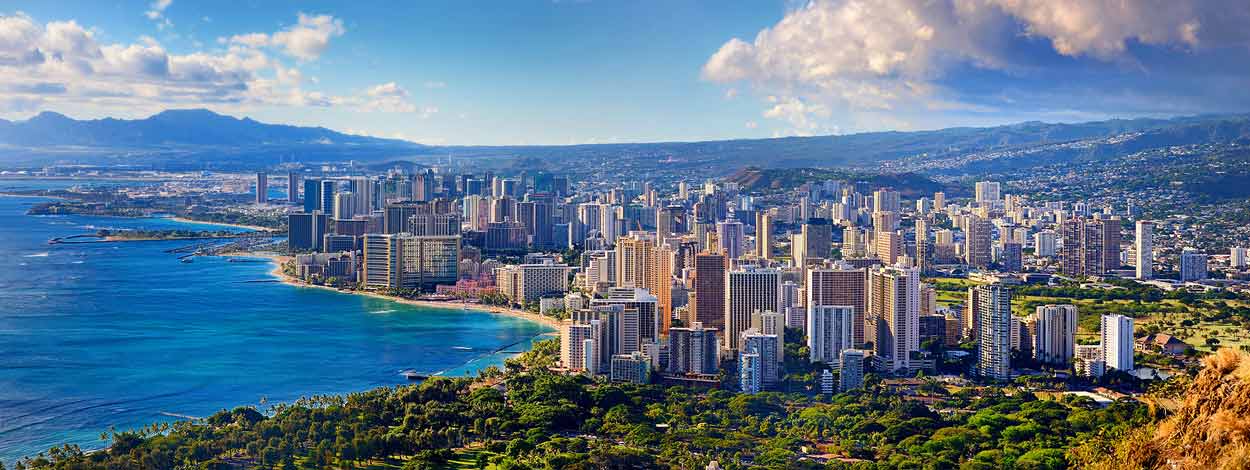
SETTLING WITH NATIVE HAWAIIANS WAS NO EASY TASK.
Despite the current peace on the islands, much conflict occurred throughout history. During the late 1700’s, warfare between island chiefs and native clans was widespread. None of the tribal kingdoms were able to establish dominance until a European Captain by the name of James Cook docked at the Waimea Bay on the island of Kauai in 1778. Cook and his crew initially met King Kamehameha I (a prophetic warrior, diplomat and leader) and immediately joined forces with him in an attempt to unite the islands.
Although Captain Cook was killed at Kealakekua Bay a year into the agreement, his advice and weaponry aided King Kamehameha I during intense battles at Nuuanu Pali on Oahu and Iao Valley. By 1810, a royal kingdom was established and the Kamehameha dynasty reigned in Hawaii until 1874. This is an important time in history because many natives believe the island would have eventually been torn apart by other ambitious westerners if unity wasn’t achieved.
PEACE IN HAWAII ALLOWED WESTERN INFLUENCE.
During this time of peace, missionaries migrated to preach, sugar agriculture exploded, the “King’s Band” was formed (still performs today as the Royal Hawaiian Band), Honolulu became the capital and Asians were recruited for hired hands. But one of the biggest missteps of Hawaiian development occurred when The Great Mahele Kamehameha III failed to educate his people on land ownership.
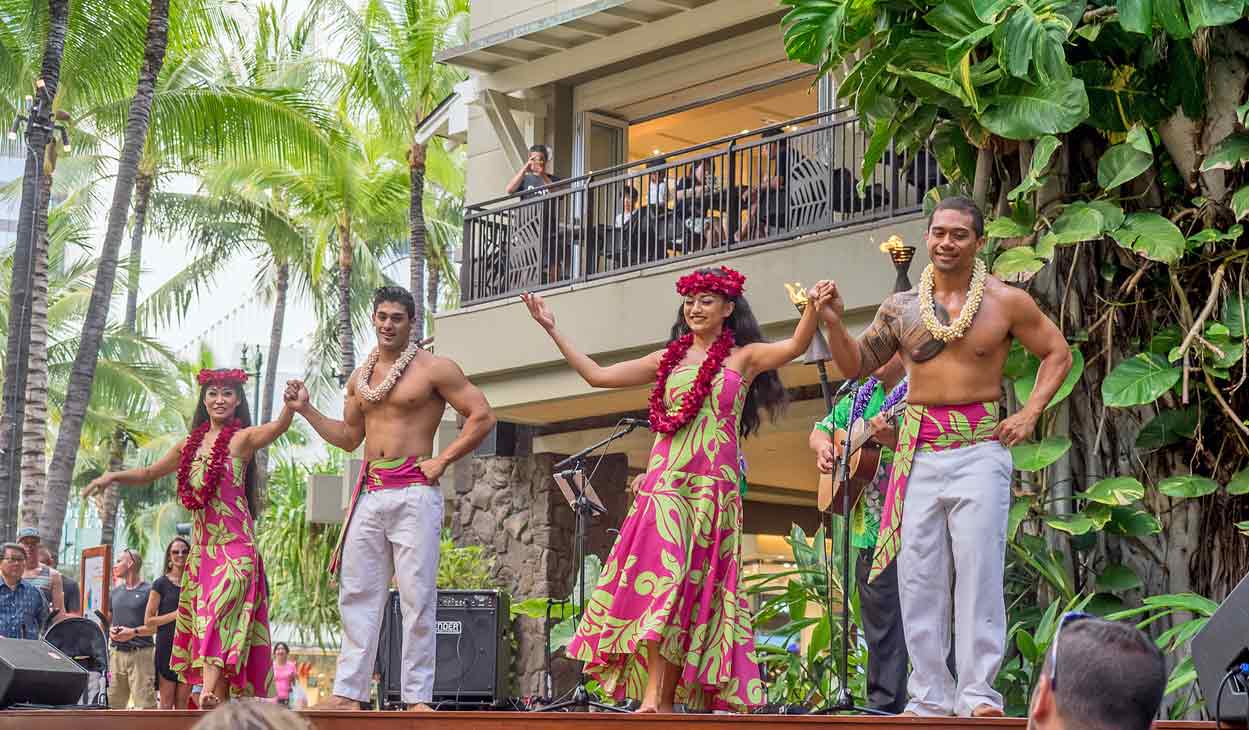
Although ⅓ of the land was available to claim, they didn’t understand the concept or why they needed to make filings under the Kuleana Act. In the end only 1% was left in native hands out of what was originally available to them. This opened a door of opportunity for western influence and foreign expansion.
THE HAWAIIAN TRANSFER OF POWER.
From here, the government continued to garner more control over local decisions. In 1887 the last of the Hawaiian monarchy was stripped of most of their authority by force – leaving legislation in charge. By 1893 the deconstruction of the Kingdom of Hawaii began and the United States officially annexed the islands through the Newlands Resolution. Two years later, The Organic Act legitimized the Territory of Hawaii.
A HOTEL WAS BORN IN THE WAKE OF THE 20TH CENTURY.
Once the land was available and a government was in place to sell it, development could begin. The first wealthy landowner to take a chance in Hawaii was Walter Chamberlain Peacock. On March 11, 1901, he opened the first luxury hotel in a deserted area of Waikiki, Hawaii. The Moana Hotel was loaded with 75 rooms and a plethora of rare amenities (like an electric elevator).
Lodging like this especially appealed to upper class consumers. Because of this, tourism slowly became a major factor in the Hawaiian economy. The risks that Peacock took to build his hotel and the success that followed encouraged many others to follow suit. Since much of Hawaii’s land was undeveloped, it quickly became a new frontier with high rewards for wealthy investors.
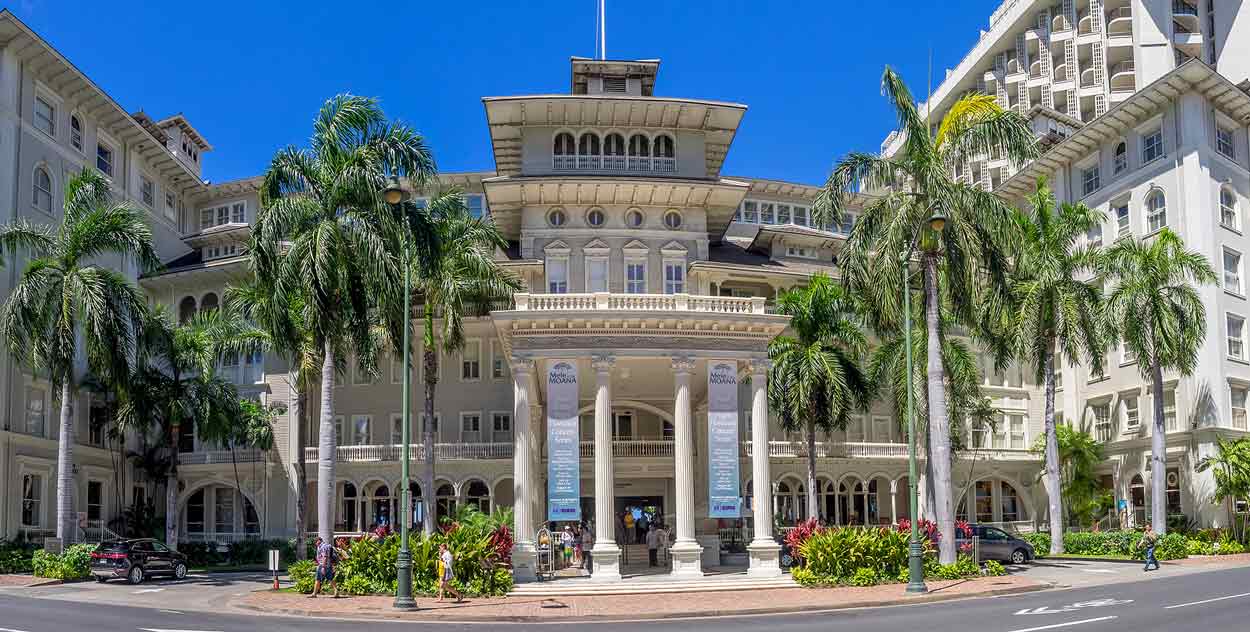
THE EXPANSION OF TROPICAL ISLAND RESORTS.
Over time, high bidders and travel partnerships started to transform the landscape of Hawaii into a money making vacation haven that benefited natives. It’s hard to tell if any of this would have occurred if nationals would have claimed their land or the original kingdom’s remained divided. Either way, it doesn’t take much research to see who reigns over the kingdom of Hawaii today. Lavish resorts, amenities and entertainment have taken over the warrior protected habitat for good.
Traveling To Island Resorts Via Timeshare Ownership.
Much of the natural beauty in these tourist destinations still remains, but the tranquility of both islands will never be the same. While hurricanes, the attack on Pearl Harbor and Kīlauea’s volcanic activity have delayed the economic growth – travel appeal was inevitable. At the same time, it would have been cool to see how the Polynesians or Mayans would have handled hospitality. We think it’s safe to assume that the experience – not the money – would have been a primary motive.
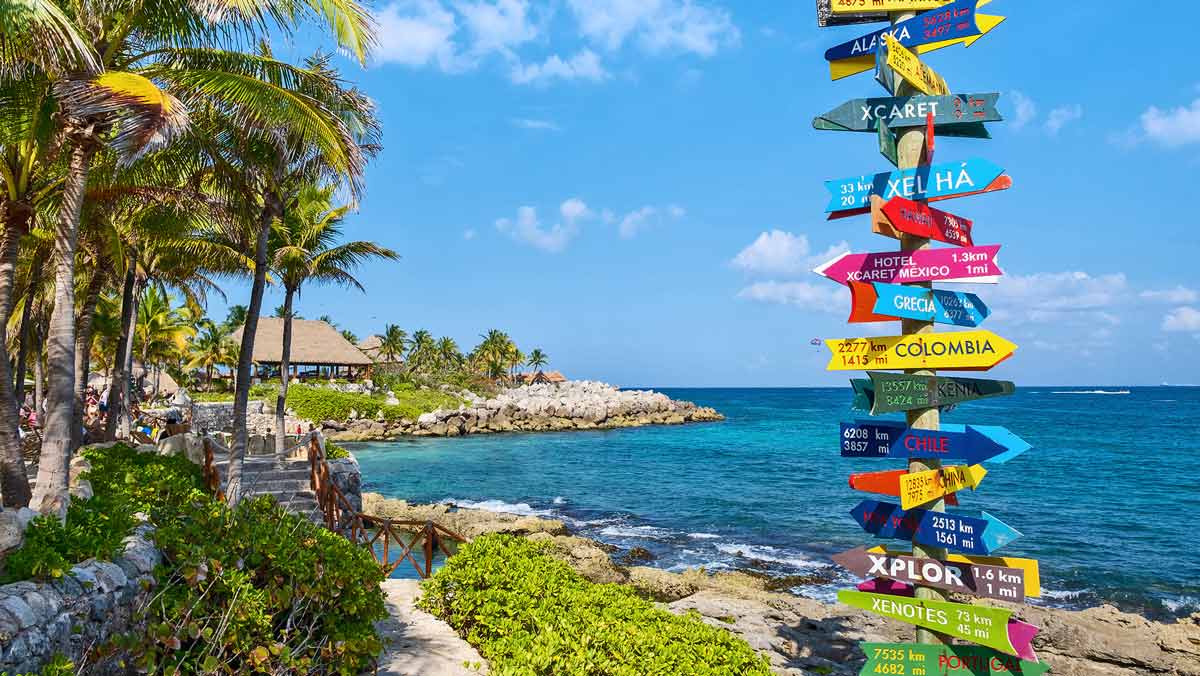
Nonetheless, if you’ve bought a timeshare in these locations (or elsewhere) and are struggling to enjoy the experience, it doesn’t have to be a burden. Oftentimes, it’s difficult to understand these agreements which is why we offer free consultations for all vacation owners. We take pride in answering your questions or concerns so we can help you find an effective solution. Although we do specialize in legally canceling timeshare contracts, we know it’s not always the best option. Just keep in mind, a timeshare isn’t the only portal to paradise in Mexico or Hawaii.

